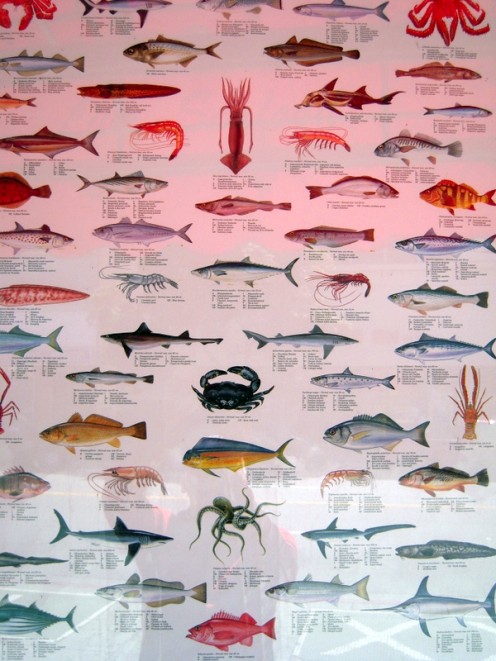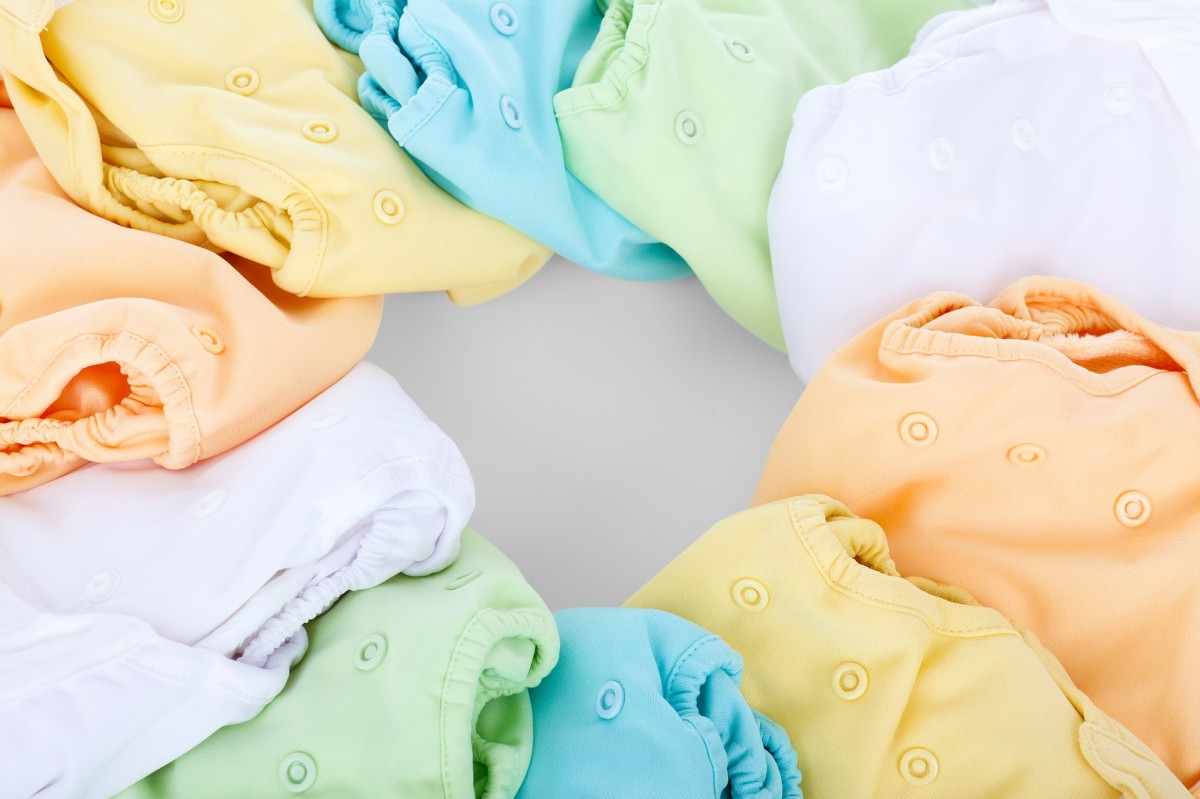How to Shop for "Fresh" Seafood

We are not immediately close to the ocean here in Lulawissie. The Gulf Coast and the Atlantic Coast are both a long drive, about 3 hours to get to each. But in our grocery store, we have a “fresh” seafood department located next to our meat department. It is supplied by a seafood distributor from Atlanta, which is another long drive.
Now as meat cutters and butchers go, no self-respecting meat person would be caught dead behind a seafood counter, but jobs are scarce nowadays, so we must swallow some pride once in a while.
Seafood in an open full service case is more delicate to handle than fowl. The temperature and other conditions are critical to maintaining freshness. It is very important that you as the consumer look for certain things in a fresh seafood case that will let you know that the seafood you are about to buy is safe, of high quality and is fresh.
Look at the overall condition of the case. Is the seafood laid out in a disorderly fashion? Are the trays dirty? Is the glass full of fingerprints and smudges? Does the seafood look dried out or crusty? Are the seafood items sitting in melted ice water or deeply saturated in their own juices? Are there flies flying around in the case or anywhere else?
If the items for sale look dried out and crusty or you answered “yes” to any of the other questions, chances are you are not looking at the highest quality seafood. At this point it would seem obvious that there was no care in setting the case up and maintaining throughout the day.
Check for odors. Pay attention to the general odor of the seafood area. If you smell anything fishy or rancid, the case hasn’t been cleaned in several days.
Ask to smell your selection. Fresh fish does not have a fishy smell. Fresh fish also does not have a mealy appearance. The flesh should be firm and intact.
What NOT to buy:
1. Do not buy any fish with the skin previously removed. Choose a piece of fish and have the skin removed while you wait. Fillets that are pre-skinned dry out and go bad quicker.
2. Do not buy anything “fresh” that is farm raised, especially Salmon, Catfish or Tilapia. Farm raised fish are loaded with dyes and growth hormones, not to mention antibiotics. These additives have an adverse effect on the body over time.
3. Pre-prepared cooked items like crab cakes, salmon or grouper patties, stuffed clams/scallops. These items usually come in frozen and are thawed prior to display. Ask for these items frozen, they will keep better and longer. Never buy cooked shrimp, crab legs or any other like item from the case. These items are all shipped frozen, and it is best to purchase them frozen.
4. Just like beef, pork and chicken, do not buy marinated or seasoned items. These items are usually about to go out of date prior to seasoning.
5. Most of all, do not buy the "select cuts", or pre cut and weighed portions. These cuts are a rip off. The market offers you a 6oz cut of fish for 8.99 each, when you can buy it by the pound much cheaper. Example: Salmon runs about 8.99 per pound, but one market offers a "select cut" OF 5.5 oz for 7.99. That works out to over $20 a pound.
It is a safe bet to buy nothing from the fresh seafood case except under the following circumstances:
1. The market you are shopping in specializes in seafood (a seafood market).
2. The items are fresh and wild caught. Ask the clerk to show you the COOL tag so you know when the seafood was harvested. If it is within 2 days, it is a safe choice. COOL is an acronym for the federal Country Of Origin Labeling laws. All seafood is required by federal law to be tagged this way.
3. Shellfish (Mussels, clams, etc.) must be alive. The clams and mussel shells will slowly close when irritated. If not, they’re dead.
If you are leery about the seafood in the full service case, go with the pre-packaged frozen items. Many of these items are flash frozen and packaged at sea on factory ships and shipped right to the markets. Always check the country of origin and the catch status, and make sure that you choose “wild caught” and stay within North America (US and Canada) as the country of origin.
I hope this was helpful to you. Thanks for taking the time to read.
©2011by Del Banks








